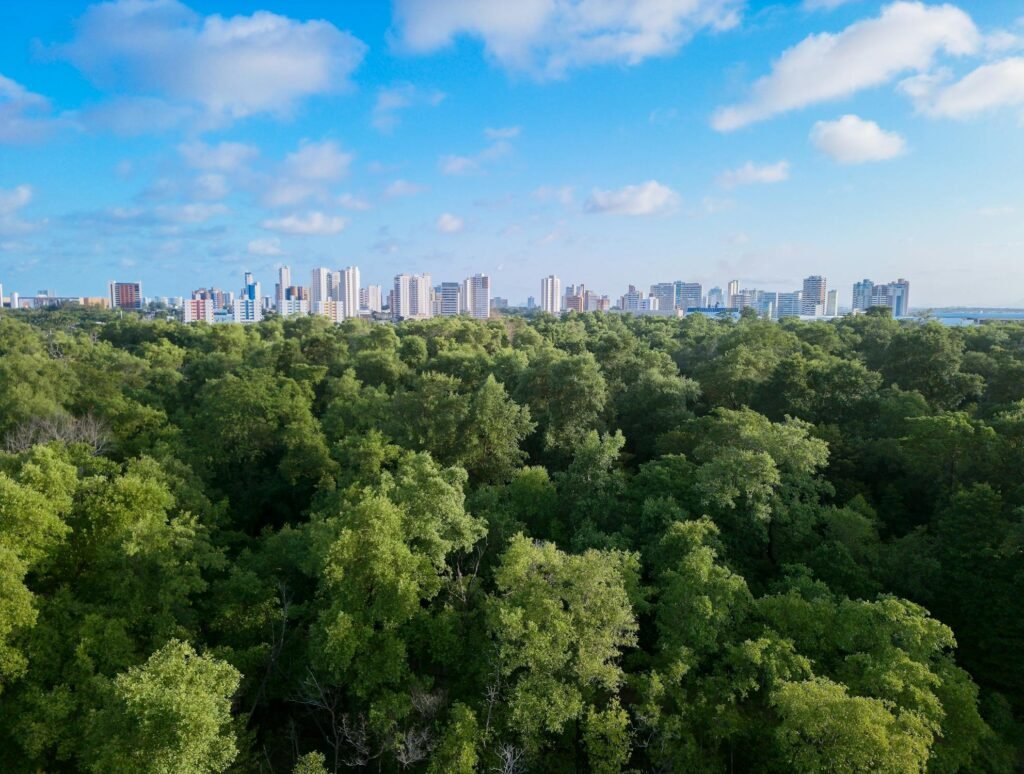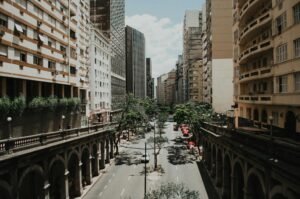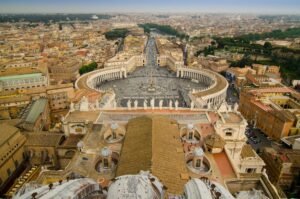
The Future of Sustainable Cities
Building Places Where People and the Planet Thrive
Cities have always been engines of progress—places where people come together to live, work, and create. But as urban populations continue to grow, our cities are under increasing pressure. Climate change, resource scarcity, traffic congestion, and social inequality are just some of the challenges we’re facing. In response, a new vision is gaining strength: sustainable cities—urban environments designed to support both people and the planet. So let’s find out what the future of sustainable cities brings.
Why Sustainable Cities Matter
In a world where over half the population now lives in urban areas—and that number is only rising—cities have a huge role to play in shaping our future. They’re responsible for a large share of global carbon emissions, energy use, and waste production. Yet, they’re also where innovation happens, where change can scale quickly, and where the impacts of good (or bad) decisions are most deeply felt.
Sustainable cities aim to strike a balance: growth without environmental degradation, efficiency without exclusion, progress without leaving people behind. That means cleaner air, better public services, accessible green spaces, and infrastructure that supports rather than strains daily life. It’s not just about reducing emissions—it’s about building cities that offer a better quality of life for everyone.
Tech and Innovation: Smarter Cities, Greener Living
Technology is transforming how cities function, and it’s playing a major role in making them more sustainable. Take smart grids, for instance—these digital energy systems help manage electricity more efficiently and allow cities to make better use of renewable sources like solar and wind.
Transportation is another big piece of the puzzle. Swapping diesel buses for electric ones, expanding bike lanes, and investing in clean, efficient public transit can make a huge difference—not only for the planet, but also for people’s health and commute times. Add to that shared mobility platforms, like bike- and car-sharing apps, and we start to see how cities can move away from car dependence altogether.
Then there’s the Internet of Things (IoT)—a network of sensors and devices that collect real-time data. With it, cities can track water usage, monitor air quality, and manage waste more effectively. It helps governments make faster, more informed decisions and target resources where they’re needed most. In places like Singapore and Copenhagen, this technology is already helping create cleaner, safer, and more livable environments.
Planning Cities for People, Not Just Cars
Technology helps, but smart planning is what really ties everything together. Sustainable urban planning is about designing cities that work for people: where it’s easy to get around without a car, where housing is affordable and well-located, and where green spaces are part of everyday life.
Zoning with environmental care, known as ecological zoning, ensures sensitive natural areas are protected while still allowing cities to grow in responsible ways. Parks, trees, and community gardens don’t just make cities prettier—they help regulate temperature, clean the air, and offer much-needed spaces for recreation and mental well-being.
And of course, we can’t talk about sustainability without talking about access. A truly sustainable city makes sure all its residents—not just the wealthy—have access to good schools, healthcare, jobs, and public services. That means investing in inclusive transportation systems and walkable neighborhoods, so everyone can participate in city life.
Inclusion, Resilience, and Global Cooperation
As climate change brings more frequent and intense weather events—floods, heatwaves, storms—cities must be designed to withstand and adapt. Infrastructure that can absorb shock, like flood-resistant buildings and green drainage systems, is no longer optional—it’s essential.
But resilience isn’t just about physical structures. It’s also about communities. When cities involve local residents in decision-making, they build social resilience—people are more likely to support and protect what they’ve helped create. Participatory planning ensures that no one is left behind, and that the solutions reflect the real needs and experiences of the people who live there.
There’s also a growing understanding that cities can’t do it alone. Networks of sustainable cities around the world are already sharing ideas, data, and success stories. From bike-friendly Amsterdam to solar-powered Curitiba, these global partnerships help cities learn from each other and accelerate progress.
Looking Ahead
The cities of the future won’t be perfect—but they can be better, fairer, and greener than the ones we live in today. Building sustainable cities isn’t just a challenge for engineers or urban planners—it’s a shared responsibility that involves policymakers, businesses, communities, and each one of us.
We all have a stake in shaping the places we call home. Whether it’s pushing for better public transit, supporting local green initiatives, or simply rethinking how we move through and care for our neighborhoods, every action counts.
In the end, a sustainable city is not just one that survives—it’s one where people can truly thrive.








